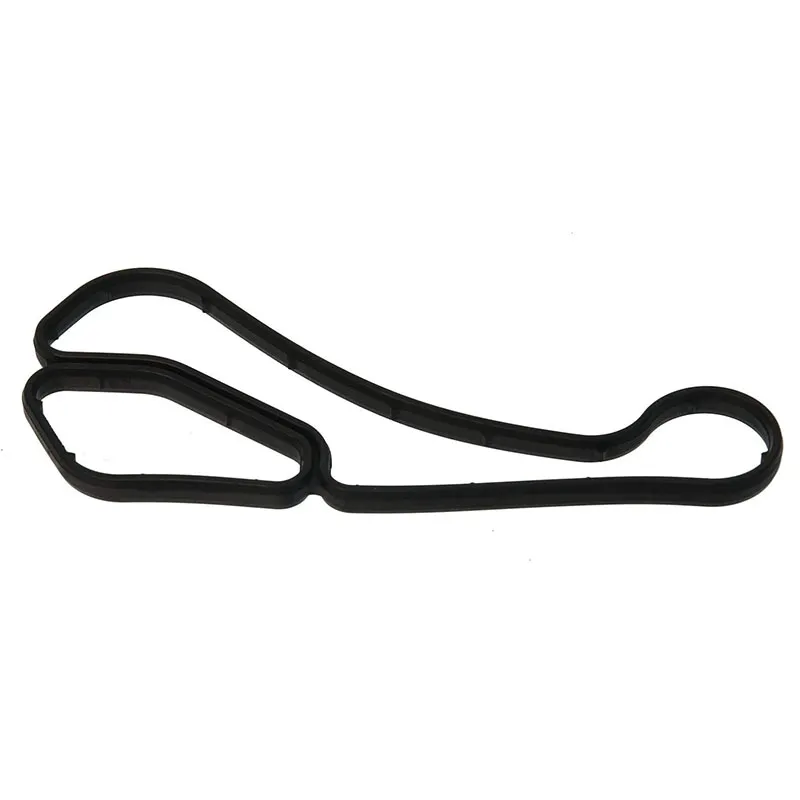Understanding Different Types of Oil Seals for Various Applications and Uses
Understanding Oil Seal Types A Comprehensive Overview
Oil seals, also known as grease seals or fluid seals, are critical components in machinery and automotive applications. These seals are designed to retain lubricants and prevent the ingress of contaminants, ensuring the longevity and efficient operation of mechanical systems. Given their importance, understanding the various types of oil seals and their applications is essential for maintenance professionals, engineers, and hobbyists alike. This article will delve into the different types of oil seals, their materials, and their specific applications.
1. Types of Oil Seals
a. Single Lip Oil Seals Single lip oil seals are the most common type of oil seal. They feature one sealing lip that contacts the shaft, preventing oil leakage and contamination. This design is suitable for applications with relatively low pressure and is often found in automotive gearboxes and crankshafts.
b. Double Lip Oil Seals Double lip seals include two sealing lips separated by a dust lip. The primary sealing lip prevents oil leakage, while the secondary lip acts as a barrier against dirt and debris. This design provides better protection in harsh environments and is commonly used in wheel hubs and hydraulic applications.
c. Spring-Loaded Oil Seals These seals incorporate a spring around the sealing lip, which maintains constant pressure against the shaft as it wears down. This ensures a reliable seal over an extended period, making them ideal for applications subjected to significant shaft movement or vibration.
d. Mechanical Oil Seals Unlike traditional oil seals, mechanical seals are used primarily in pumps and motors to provide a leak-free interface between stationary and rotating parts. They consist of two faces, which are held in contact by a spring or hydraulic pressure. Their complexity allows for higher performance in demanding situations.
e. Radial Oil Seals Radial oil seals are designed to seal in dynamic applications where the shaft rotates. They are characterized by their ability to withstand radial loads. These seals are frequently used in rotating shafts and certain types of machinery.
f. Axial Oil Seals Axial seals, also known as face seals, are used to seal against axial movements. They are effective in preserving lubricants in systems equipped with axial or linear motion. These seals are less common but vital in specific applications.
oil seal types

2. Materials Used in Oil Seals
Oil seals are manufactured from various materials, each with distinct properties suited to specific applications
- Nitrile Rubber (NBR) The most commonly used material due to its good oil resistance and temperature tolerance, making it suitable for automotive and industrial applications. - Fluoroelastomer (FKM) Known for its excellent resistance to high temperatures and aggressive chemicals, often used in aerospace and automotive environments. - Polyurethane (PU) Offers superior wear resistance and elasticity, ideal for sealing applications exposed to dirt and grime. - Silicone Provides a wide temperature range and is used in applications requiring flexibility and resilience but is less oil-resistant than other materials. - PTFE (Teflon) Known for its chemical resistance, PTFE is often used in extreme environments and high-performance applications.
3. Applications of Oil Seals
Oil seals are ubiquitous in many industries
- Automotive Used in engines, transmissions, and differentials to ensure reliability and performance. - Industrial Equipment Essential in pumps, motors, and gear reducers for preventing leaks and maintaining efficiency. - Aerospace Specialized seals are used to cope with extreme temperatures and pressures, ensuring aircraft components function safely. - Robotics Precision sealing in robotic joints and mechanisms to maintain lubrication and prevent contamination.
Conclusion
In conclusion, understanding the various types of oil seals and their materials is critical for ensuring the optimal performance and longevity of machinery and automotive applications. Maintenance professionals and engineers must carefully select the appropriate seal type based on the specific environment and requirements of their applications. By doing so, they can effectively prevent leaks, protect components, and avoid costly downtimes in their operations. As technology advances and materials improve, the design and application of oil seals will continue to evolve, further enhancing their effectiveness in modern machinery.
-
Understanding the Front Main Engine Seal: Purpose, Maintenance, and Installation
News Jul.29,2025
-
Understanding O-Rings and Seal Rings: Types, Applications, and Custom Solutions
News Jul.29,2025
-
Understanding Crankshaft Oil Seals: Rear Seals, Pulley Seals, and Their Role in Engine Integrity
News Jul.29,2025
-
The Importance of Front and Rear Crankshaft Seals in Engine Performance and Oil Management
News Jul.29,2025
-
Crank Oil Seals: Functions, Types, and Cost Considerations in Engine Maintenance
News Jul.29,2025
-
A Comprehensive Guide to O-Rings and Seals: Types, Materials, and Global Applications
News Jul.29,2025
-
Mastering Diesel and Performance Engine Maintenance: A Guide to Critical Oil Gaskets
News Jul.28,2025
Products categories















